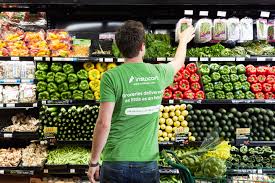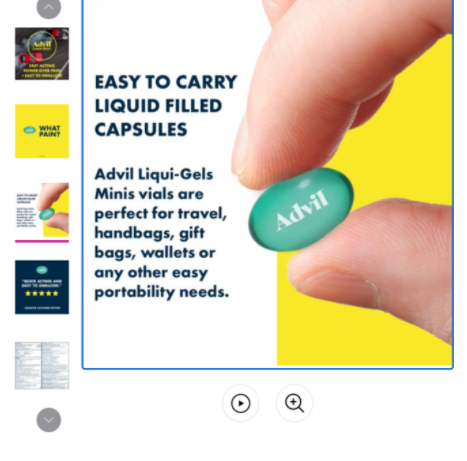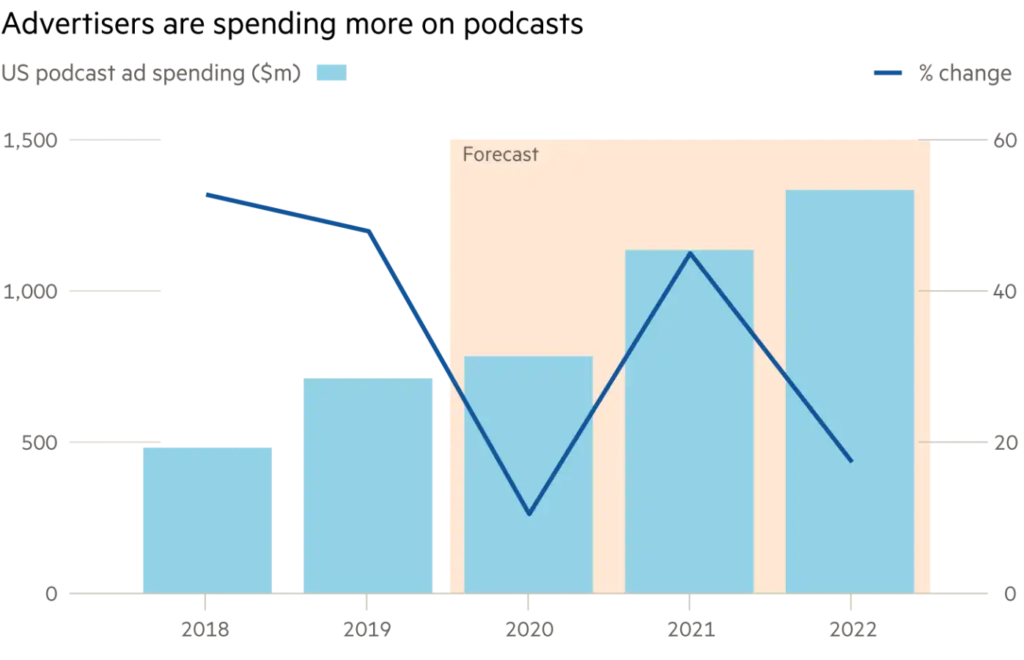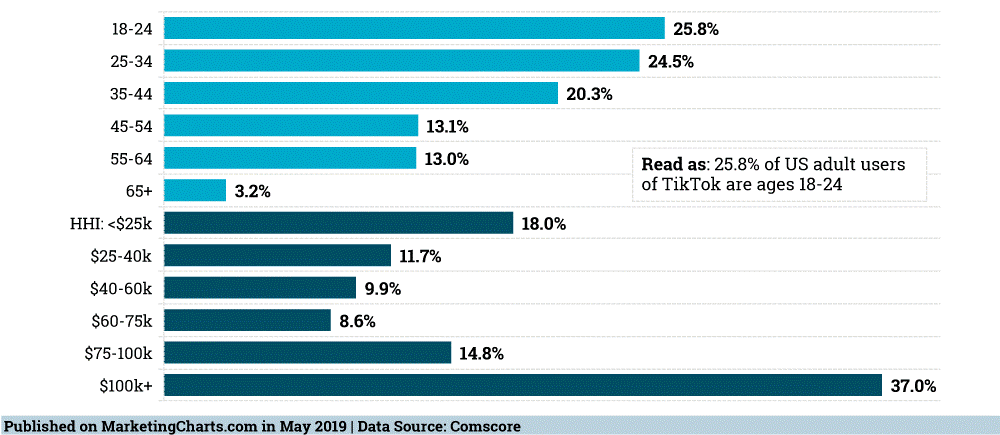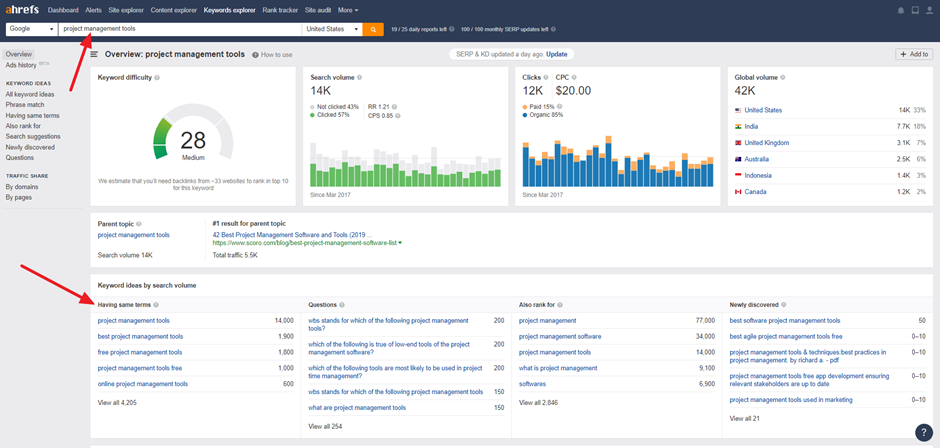Instacart is a large online grocery store that allows customers to order from shops in the neighborhood. These stores could be Costco, Wegmans and many others. Customers place orders online, after which someone shops for the items and delivers them the same day. The items are usually delivered in about two hours or less.
Within the last few years, Instacart has risen in popularity. With the need for social distancing due to the pandemic, the service is much more necessary. We’ve rounded up the top Instacart stats that have solidified its place in the business world to help you get better acquainted with the company.
1. There Are 200,000 Shoppers Using Instacart
With over 200,000 shoppers on the site ordering groceries regularly, stores are benefitting from the business without the massive crowds that come with it.
2. Instacart Reaches 30,000 Stores
From the ‘mom and pop’ stores to national chains, over 300,000 retail stores are involved with the Instacart service. This means that over 300,000 stores benefit from extra resources for sales and income.
3. 500 Million Products Are Listed on Instacart
Instacart is actually the largest online grocery catalog, so there are so many options for shoppers who order online. No other brick and mortar retail store can make that claim.
4. 5,500 Cities in North America are Served
It’s only growing from here. Given the larger demand for this type of service, more cities that enact social distancing may encourage people to utilize this.
5. 85% of all US Households Have Access to Instacart
That is a huge figure for a grocery store rapidly becoming more accessible to so many people. 85% of people in the US now have the option to grocery shop online with the largest retailers.
6. That’s 40 Million Homes in the US That Have Access
To put that percentage in perspective, that’s over 40 million American homes that have access. Marketers putting products in front of that many people is sure to increase sales and profits.
7. 70% of Canadian Households have Access to Instacart
Not only does the US have access, but other countries are reaping the benefits of Instacart. THe company plans to grow their shopper network by nearly 250%, a huge increase for only beginning as a small startup.
8. Instacart Operates in all 50 States
There isn’t a single state in America that doesn’t have access to this service. For Instacart advertising, it means that their target demographic can always be reached with online service.
9. There are Over 300 Instacart Retail Partners
Those 300 retail partners are a large part of why Instacart is able to work so well too. Without them, business won’t be done the same way and not as many customers would find what they’re looking for.
This statistic also contributes to the fact that Instacart is able to have over 500 million products listed on their site.
10. 80% of Instacart Workers are Contractors
Contracting lets employees work for themselves and create their own schedule. As more employees move towards freelancing instead of salaried, full-time work, more companies have the potential to follow.
11. Instacart is Valued at $13.7 Billion
For a company to move from a startup to a household name is an accomplishment in and of itself, yet Instacart has no plans to slow down. If anything, they’ve been gearing up to continue expanding.
12. Instacart has Raised About $1.6 Billion
To complete their expansion plans, Instacart has raised 1.6 billion in capital. This grants the ability to move to different countries, and increase their levels of productivity in the US and Canada.
13. Instacart Delivers Alcohol in 14 States
A few states allow alcohol delivery in their regulations, creating luxury appeal for Instacart, giving more customers a reason to order without leaving the house.
14. 8% of All Sold US Online Consumer Goods are Through Instacart
Instacart holds 8% of the market share for grocery stores, a number that when you consider the hundreds of thousands of grocery stores in the US market alone.
15. $1 Million was Invested to Support Internal Teams for Diverse Change
Instacart is among the companies striving to diversify their workforce. After the death of George Floyd and the political uproar demanding change, they pledged $1 million to start their own internal diversification program. The company has shown accountability within their ranks, which has affected how they hire and train employees.

